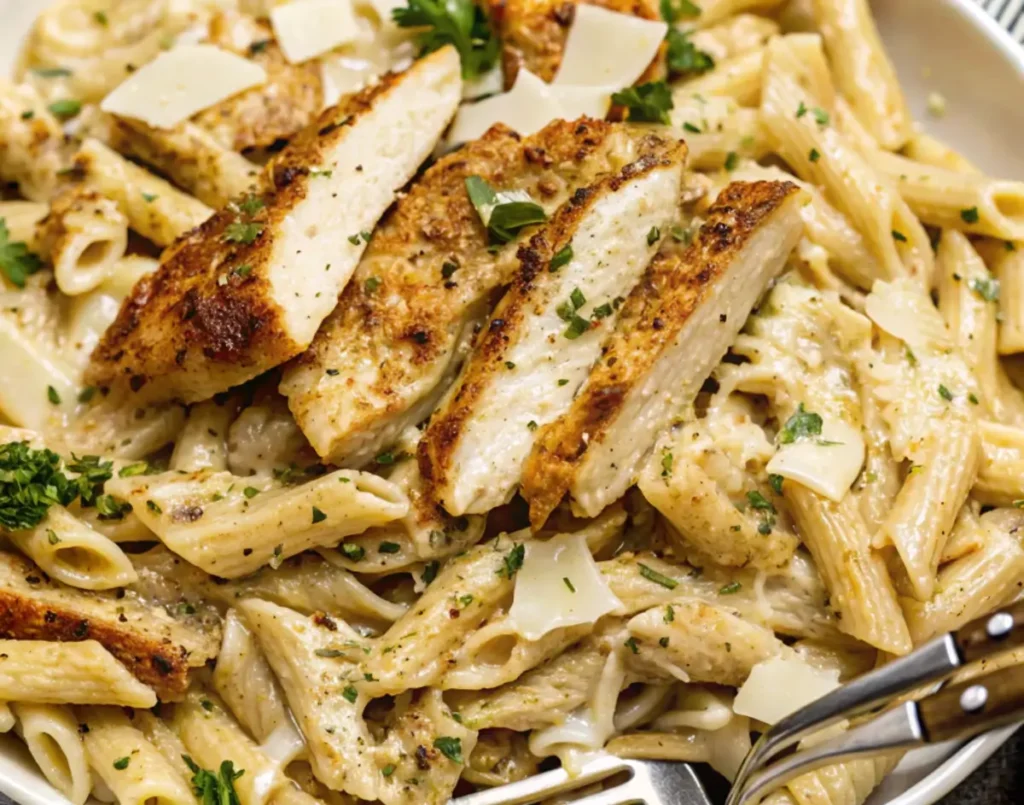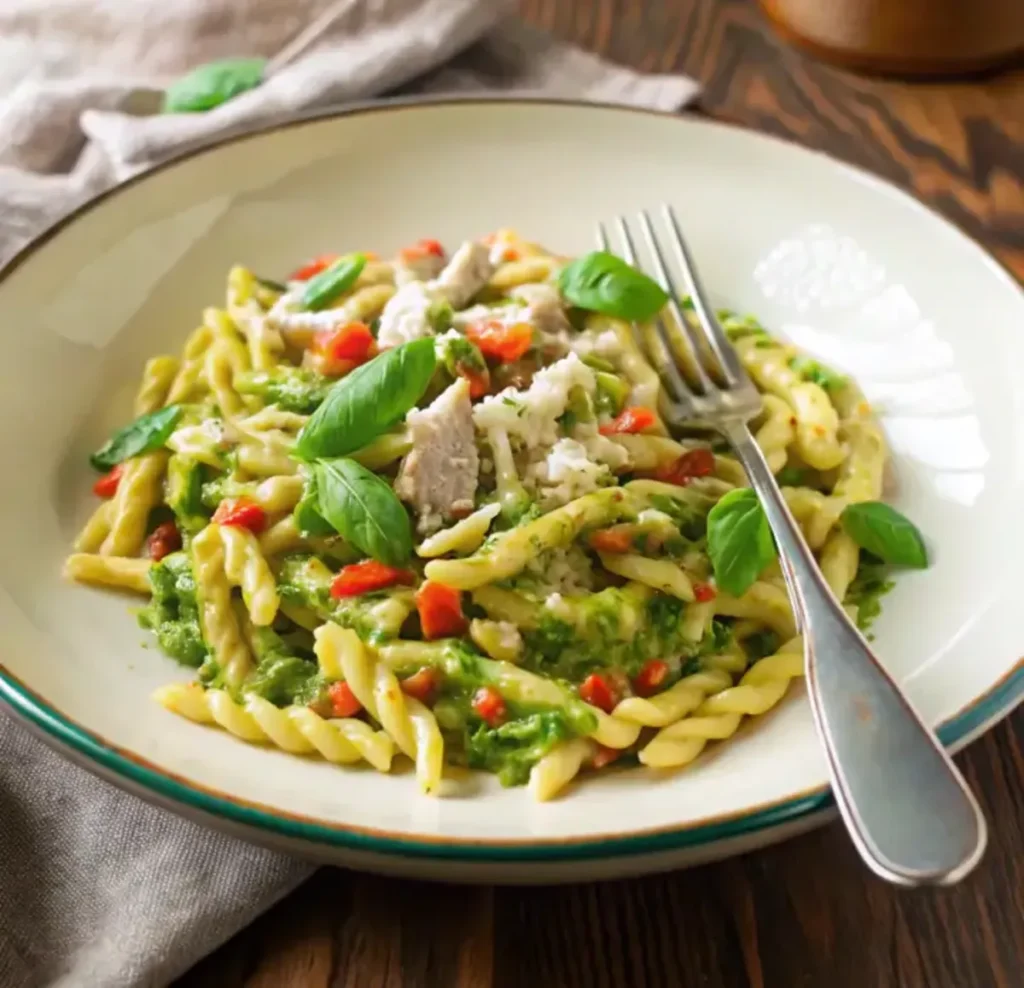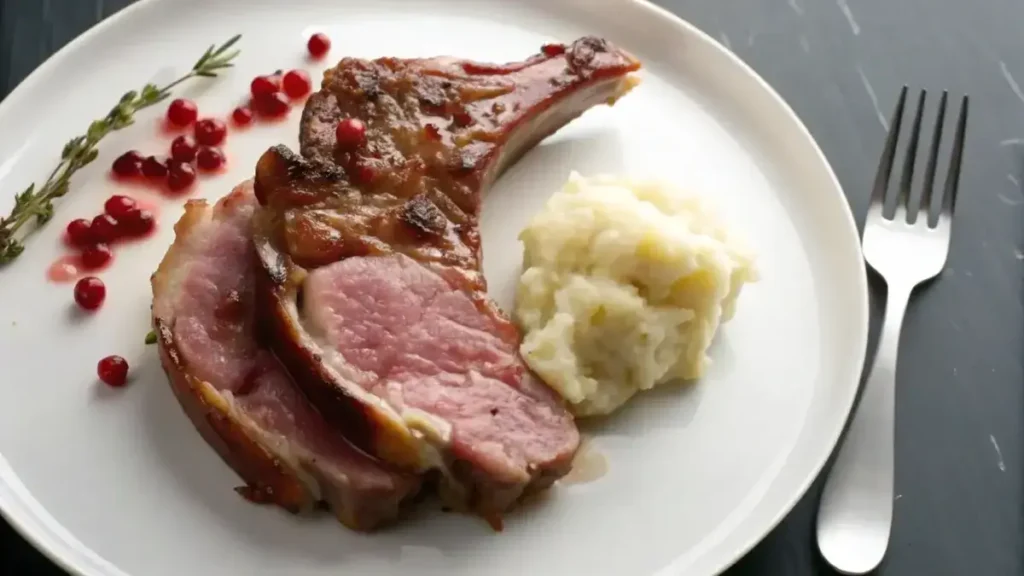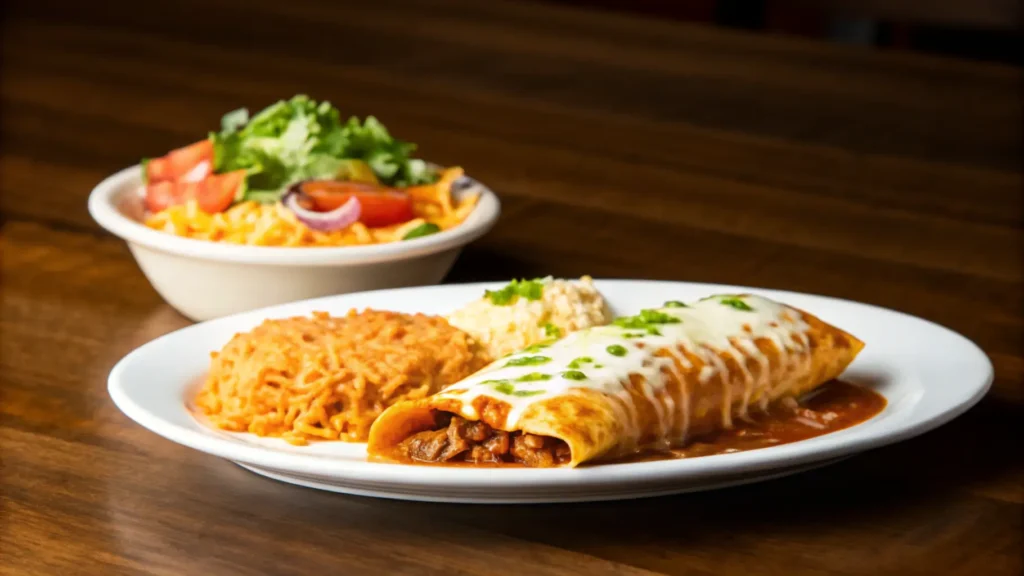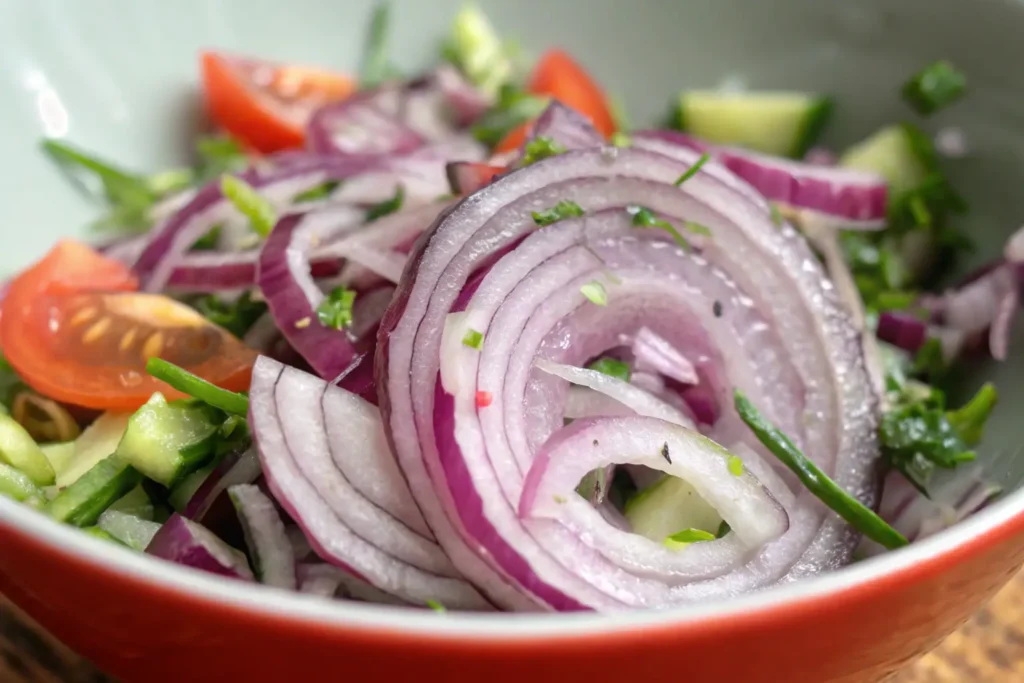Kielbasa Pasta: A Complete Guide to Cooking and Serving this Flavorful Dish
What is Kielbasa Pasta? Kielbasa Pasta is a hearty, flavorful dish that fuses the savory essence of kielbasa sausage with the comforting richness of pasta. This dish combines the smoky and spiced notes of kielbasa … Read more


